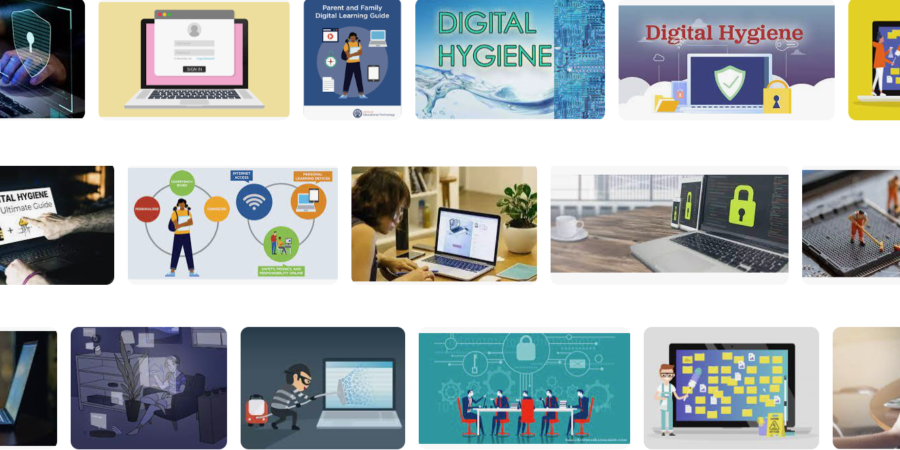While providing different family members with their own tech devices can be useful, nothing beats the humble family computer. The idea of an ancient computer tower rotting in the corner, running operating systems ten years too old is relatively old-hat at this point, even though we’re certain some families still have them.
Now, a family computer can be as simple as a family laptop or tablet, something that both parents and the children use for their internet needs. No matter how and why you use it, it’s always good to practice a few essential digital hygiene tips to protect your accounts and keep your information provided.
This can be especially important if you run a home business from your office but still allow your children to complete their homework at the family desktop. Separating this information, and doing so securely, is very important.
In this post, we’ll discuss a few worthwhile techniques for achieving the best outcome here. Without further ado, please consider:
Set Up Alternate User Accounts
Every regular user of the family should be given an account they can use to interact with your computer. This helps divide files saved, work conducted, and web history searched. It will also improve security, so your own financial or personal information isn’t interfered with by your children who wouldn’t fully understand the problems they’re causing. You can also set each account up with parental controls more easily, so strict internet limits for your children are not applied to you, and you can also implement time restraints to make sure their budgeted time at the desktop doesn’t run over.
Delete Cookies & History On Browser Exit
If you’d rather keep your web searches private so you don’t spoil the surprise of a gift you’re buying, or if you’d rather prevent your kids or relatives from logging into your social media accounts without realizing, you can always learn to delete Google search history, and set that up to automate whenever the browser closes. This can prevent confusion, and also fused web history on accounts that may be used by more than two people – for example, an administrator accounts you share with your partner for your home business.
Add Password Protections
Of course, password protection can go a long way to securing an account. You can also add extra security measures, like authentication apps that require approval to log in (this can help you see if a child is on the computer when they shouldn’t be), or add USB security keys that must be inserted to grant access to your profile, which can be useful to secure business accounts or any other personal information on the device. Just make sure not to have your user or account passwords in a notebook or written on post-it-notes around the family desktop, because as much as this helps you remember, it defeats the point of the security to begin with.
With this advice, you’re sure to implement the best digital hygiene tips for sharing a family computer going forward.
